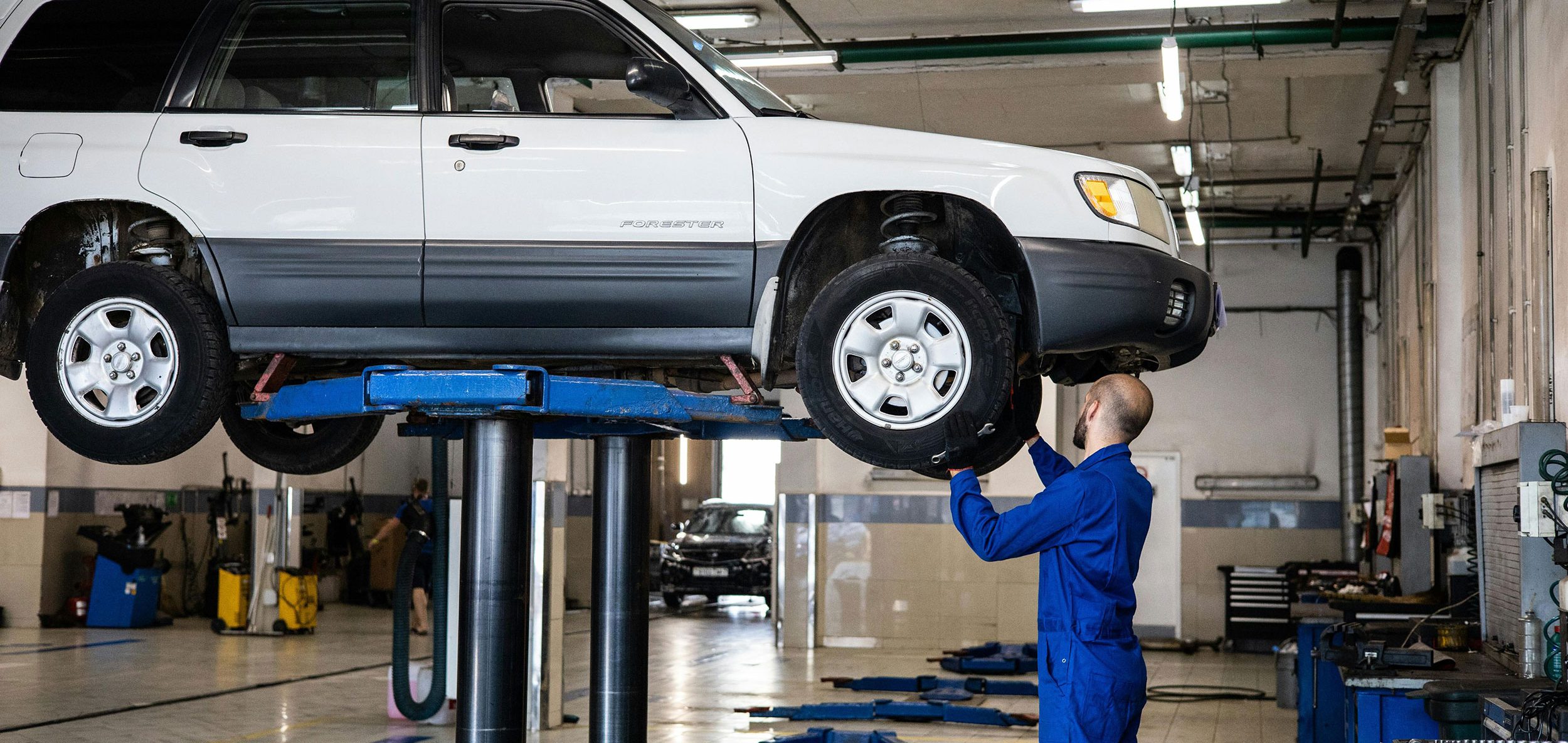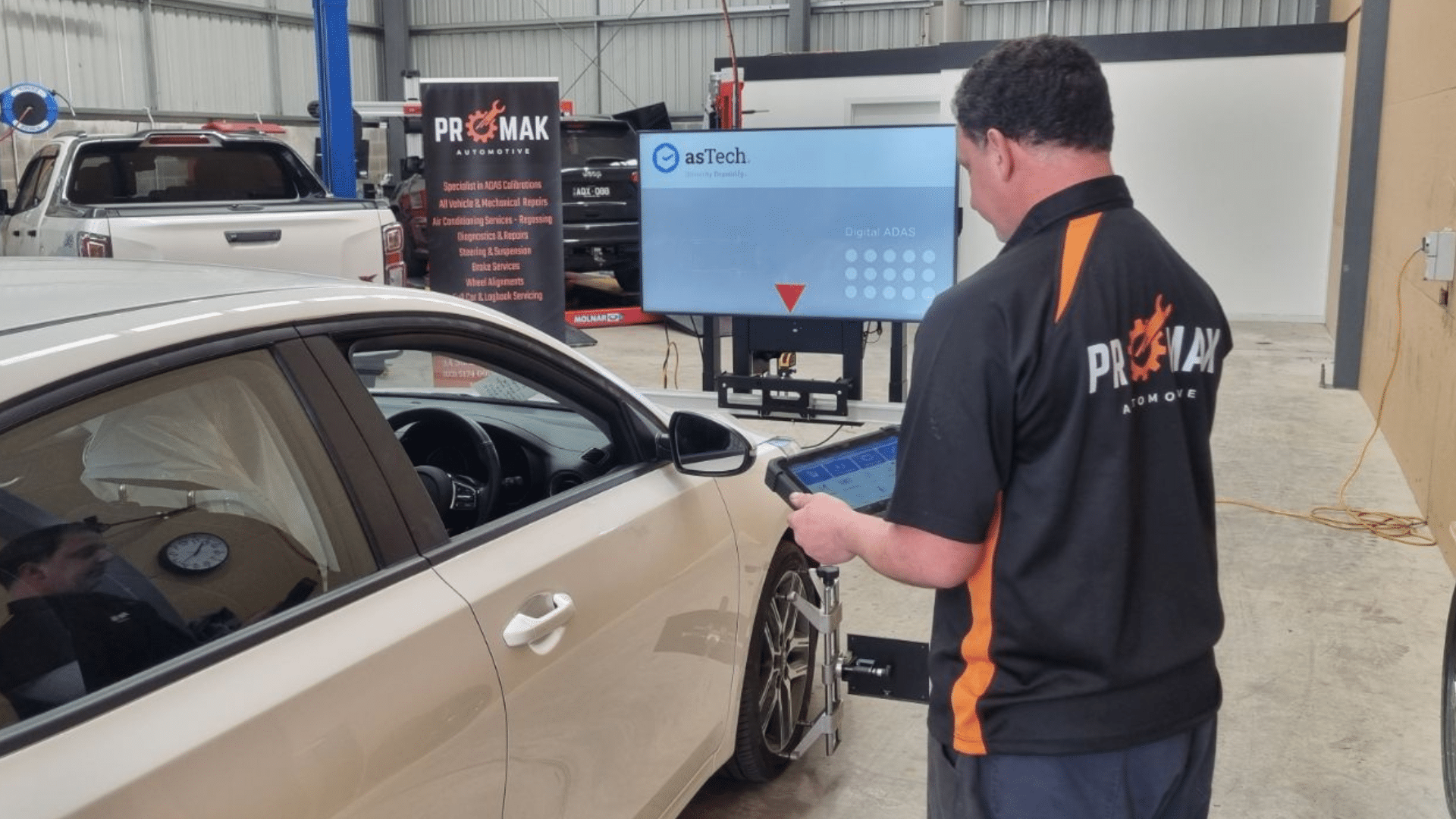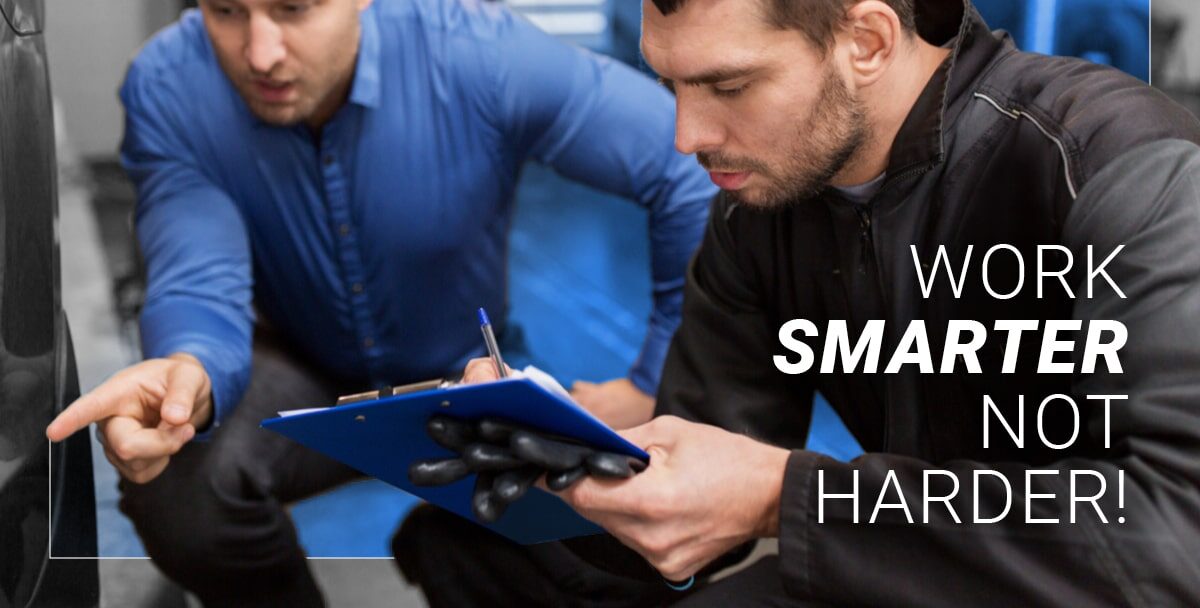Collision Repair Tech: The Next Gen

It’s no secret that new cars, and how we drive them, are a world away from when most of us learned to drive. Now, they are more computer than car – they communicate, collaborate and connect, whether we are driving them or not.
So how does a traditional Aussie collision repairer transition from the petrol-powered, the diesel-driven, the gas-generated? Especially when tomorrow’s cars will be software-defined vehicles (SDVs), computer-controlled cars known more for their user experience than how they look. Their physical attributes – or even their performance – will not be as important as the web of services they provide.
So what will this mean for collision repair workshops more attuned to the more traditional Toyotas, Holdens and Mazdas? When even the simplest tasks, such as replacing a headlamp or a radiator, means recalibrating complex cameras and computers?
Director of Innovation at Repairify, Martin Brown, has been keeping a close eye on the development of automotive technology, and draws some valuable insights into where we might be in the years to come, with the ever-increasing sophistication of modern vehicles. As engines change, so too do the systems around them. Driver assistance technologies, navigation support systems, and other connected components are all becoming more and more common in new vehicles.
“I think where Australia needs to jump forward in a big leap is in the area of autonomy and ADAS,” Martin says.
“In the UK and US, the responsibility and ultimately the liability of the safety of the car can come down to how meticulously it is repaired, and insurers are developing partnerships with those workshops who are qualified, equipped and can complete the work to their standards. For workshops who are ready, it’s a real business opportunity.
“Some insurers are going to be telling the repair workshops, if you had this equipment, we’re going to drive volume through to you of these types of vehicles. And if you don’t have it, we won’t.”
Futureproofing your workshop
Jeff Smit is the Technical Editor of The Automotive Technician and a workshop owner.
“We’re heading towards the autonomous vehicle,” he said. “The fundamentals are changing. From a layman’s point of view, you don’t drive the car anymore; computers drive the car.”
“All of this technology really changes the job of a mechanic, the kinds of roles that you need in a repair workshop, and the tools you need to make sure your workshop has the full complement of services.”
“Whether or not a collision repair workshop will survive into the 2030s will be driven, in part, by the investment in equipment and people needed to keep up with technological changes.”
So, how do you ensure you are one of those workshops?
A comprehensive survey carried out by the AAAA determined, amongst other findings, that when it comes to independent workshops, only the best-managed, most progressive, and most customer-oriented will be successful in transitioning to the next level. Next level means those workshops that, in terms of diagnostics, repairs and servicing, are specifically designed and equipped to enable the next generation of mechanics to cope with the technical demands of modern vehicles. Very few independent workshops now operating in Australia are equipped to deal with the avalanche of technical advances, such as advanced ADAS and safety systems that are now being implemented by all car manufacturers. This represents a huge opportunity for workshops across Australia.
Workshops of the future
“Fifty percent of Australian workshops are either already EV-ready or actively investing in skills and equipment with a future focus.” That’s according to the AAAA’s most recent research, commissioned to determine if Australian workshops are effectively preparing for the upcoming changes, and to measure their stance on technological advancements.
What the research shows is that fifty percent of the industry’s workshops are either already EV-ready or already investing heavily in future readiness – many have been successfully and safely repairing EV and hybrid vehicles for over a decade. Another thirty-nine percent are waiting until it makes commercial sense in their market before upskilling their workshop. This means eighty-nine percent are either Future Ready, actively preparing, or open to upskilling and investing in equipment when their local market demands it.
So what will these futureproofed, future-ready workshops look like? Next-generation workshops will not only be squeaky clean, temperature-controlled and feature glare-free lighting; they will also, at a minimum, have more than five bays, and some, or all of them will be at least ten metres wide (or long) to meet ADAS calibration targets.
Future workshops will also have at least one dedicated diagnostics bay that is shielded against electromagnetic radiation to make sure that when vehicles go to “sleep” for diagnostic purposes, they stay asleep. Workshops will become paperless – everything that pertains to a vehicle will be recorded electronically, from the initial work order to the vehicle’s service history, diagnosis, and progress reports on the state of the work, which will be available to the customer in real-time.
The health of every electronic system on that vehicle will be simultaneously available to the service advisor, the technician, the workshop management, the customer, and insurance companies. When a problem cannot be diagnosed, information could be made available online to technical support centres and even the vehicle’s manufacturer, and the vehicle’s identifying information and service history could be made available to parts vendors to ensure the correct parts are ordered and delivered.
In summary
The exceedingly complex communications networks that connect several dozen control modules in a new generation vehicle collectively use 100 million lines of computer code. By comparison, the Boeing 777 has over 2.6 million. The U.S. Air Force’s F-35 fighter jet has more than 8 million.
This means that essentially, the workshop employees of the future would have to become software/electronics engineers, learning about things like arithmetic mean values, rectified values, root mean square values, oscillating circuits, transfer functions, signal-to-noise ratios, and the nature of transient and periodic signals and a whole lot more. The collision repairer as we know it today will need to evolve to combine their existing skills, with a new knowledge of electronics, advanced diagnostics and EV repair techniques, while the workshops of the future will need to be designed with new generation equipment to cater to these increasingly complex, technologically driven and alternatively powered vehicles.
So, how will your collision repair workshop become part of the next generation repair industry?
Either way, you’ll need to be prepared – because the future is here!
Repairify’s solutions can help you be prepared for the future. Talk to us today about how you can be diagnosing, calibrating and programming with ease.
Stay in the know!
Stay up-to-date with all our latest company news, relevant articles, and get tips to keep your business running smoothly right here.
"*" indicates required fields










